A Realistic Look at Postpartum Recovery: What to Expect in the First Year After Birth
A Realistic Look at Postpartum Recovery: What to Expect in the First Year After Birth
By Identity Chiropractic + Rehab
Giving birth is a remarkable experience—but the recovery that follows is rarely talked about enough. At Identity Chiropractic + Rehab, we believe that women deserve support not just during pregnancy and delivery, but throughout the months of postpartum healing and adjustment.
From physical recovery to mental health shifts, here’s what you can realistically expect in the weeks and months after having your baby.
The First Six Weeks: Your Body in Transition
Your body spent 9+ months growing and supporting new life—it will take time to recalibrate. The first six weeks after birth are a major time of healing and change.
Vaginal vs. C-Section Recovery
Whether you deliver vaginally or by C-section, your body will go through changes like cramping, bleeding, hormonal shifts, and emotional ups and downs.
Vaginal Birth: Typically involves soreness, swelling, and bleeding. If the perineum tears during birth, healing may take a little longer.
C-Section: This is a major surgery. Expect more significant pain at the incision site, a longer hospital stay, and limited mobility. Most doctors recommend avoiding lifting or intense activity for at least 4–6 weeks.
No matter your delivery method, allow yourself time to heal without pressure to “bounce back.”
Bleeding & Lochia: Your Body’s Natural Cleanup
Postpartum bleeding, or lochia, is your body's way of shedding leftover uterine tissue and fluids. It may last anywhere from a few days to several weeks and will change over time:
Lochia Rubra: Bright red and heavy for the first few days
Lochia Serosa: Pink or brown discharge by week two
Lochia Alba: Light yellow or white as bleeding tapers off
If you notice large clots, a strong odor, or very heavy bleeding, don’t hesitate to call your provider.
Common Physical Symptoms After Birth
Many postpartum symptoms are expected but can still feel overwhelming. These may include:
Cramping (as the uterus shrinks)
Breast engorgement or leaking
Hair loss
Night sweats
Constipation or hemorrhoids
Incontinence or pelvic floor weakness
Back pain or discomfort at the epidural site
Most of these resolve with time, but proactive care can help. Pelvic floor therapy, chiropractic support, rehab, and gentle movement can all ease your recovery.
Incision Care After a C-Section
Caring for your incision is critical to avoid infection and discomfort. Here are a few tips:
Keep it clean and dry daily
Wear loose, breathable clothing
Watch for redness, swelling, or discharge
Let your provider know if pain worsens or you develop a fever
We can also help guide you through safe movement and scar care strategies as part of your healing plan.
Your Emotional Health Matters Too
While physical symptoms are more visible, your emotional and mental health deserve just as much attention.
Baby Blues: Feeling weepy, overwhelmed, or anxious? That’s common in the first few weeks and usually fades with rest, support, and time.
Postpartum Depression or Anxiety: If emotional symptoms last beyond a few weeks or feel intense, speak up. You may feel disconnected, exhausted, sad, angry, or overwhelmed. This is not a sign of weakness—it’s a medical condition that deserves care.
PTSD After Birth: Some women experience flashbacks, panic, or nightmares after a traumatic delivery. If this sounds familiar, you’re not alone.
Please reach out for help. Your health—physical and emotional—is a priority, and healing should never be done in isolation.
Warning Signs You Shouldn’t Ignore
Always contact a provider if you experience any of the following:
Heavy or persistent bleeding
Sudden, severe pain
Fever over 100.4°F
Headaches with vision changes
Fainting or shortness of breath
Signs of incision infection
Thoughts of self-harm or harm to your baby
If in doubt, don’t wait. You deserve care.
A General Timeline of Recovery
Every body heals differently, but here’s a basic outline of what recovery might look like:
Weeks 1–2: Rest, manage bleeding and soreness, care for your incision or perineum
Weeks 3–4: Bleeding lightens, some energy returns; be aware of emotional health
Weeks 5–6: Movement becomes easier; light rehab or gentle exercise may begin
Six Months: Hormonal shifts level out, hair shedding slows, incontinence may improve
One Year: Most physical symptoms resolve, but ongoing rehab or emotional support may still be needed
Supporting You Through Every Stage
At Identity Chiropractic + Rehab, we offer postpartum chiropractic care, functional movement rehab, and pelvic floor support to help you recover, reconnect with your body, and feel strong again—on your terms.
Whether you’re in your first week postpartum or six months in, we’re here to walk alongside you.
Don’t let pain and discomfort keep you from feeling like yourself again.
Book an appointment or reach out to learn more about our postpartum recovery care.
